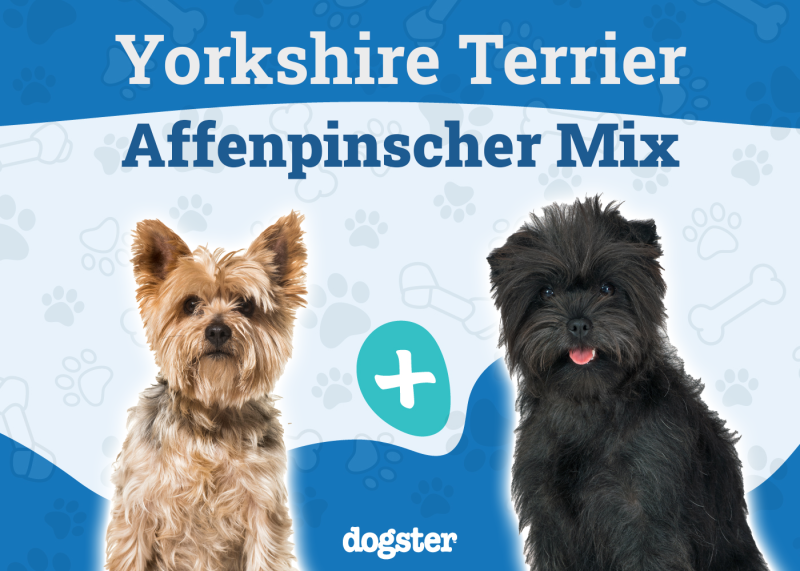In this article
Every day, you sit down at some point to munch on your food. As you move your hands for the first bite, you see your dog staring at you with those puppy eyes, begging for a taste. You have no option but to share a bit with them, but what if the dog is allergic to what you’re eating? What if you’re having kimchi? Is kimchi safe for dogs?
The answer can be complicated. If kimchi contains garlic, onions, and many spices, it is not entirely safe for dogs. These furry animals are sensitive to all these ingredients. They can even be toxic for your pet if consumed in large amounts.
But that doesn’t mean you can’t feed your dog kimchi. The key is to make kimchi at home by avoiding heavy seasoning and then starting small. See if your dog likes its taste. If they do, you can feed it to them as an occasional treat.
However, there are more things to consider. Let’s get into more details about whether your dog can eat kimchi and how you can make it safe for them.

Are Vegetables and Spices Safe for Dogs?
Kimchi is a famous Korean cuisine made of fermented vegetables, including radishes and cabbage. It includes heavy seasoning and spices, such as red chili flakes, salt, red paper, garlic, chives, spring onions, and more.
Many of these ingredients can be bad for your dog since some vegetables and spices aren’t easy for them to digest. Multiple studies show garlic and onions can be toxic for dogs, causing mild to severe digestive issues like diarrhea and vomiting.1 Experts also recommend avoiding feeding dogs both vegetables. Although kimchi does not contain garlic and onions in large amounts, it is better to avoid taking the chance.
Dogs are also sensitive to salt, and excessive amounts of it can upset your dog’s digestive system.2 So, give your pet plenty of water if they accidentally consume salt and ensure they stay hydrated at all times.
Red chili flakes aren’t lethal for your dog, but they can result in diarrhea or an upset stomach. The same goes for soy sauce. Remember, your dog’s stomach isn’t made for handling lots of spices. However, kimchi isn’t always spicy, and this can be avoided if you make your own at home.

Can Dogs Eat Fermented Food?
Dogs have been eating fermented food throughout history. These scavengers love to feed on leftovers from the trash bins and whatever else they find outside. Although not common in pet dogs, many wild cats and dogs also eat the remains of dead animals. While that’s disgusting to us, a dog’s body is okay with eating fermented foods.
Fermented food3 isn’t dangerous for humans and animals. It contains beneficial bacteria that help strengthen the gut. For instance, fermented meals are rich in probiotics. They are valuable for humans and dogs alike.
Wild dogs usually get their daily phytonutrients and antioxidants from the undigested food in their prey’s stomach. But what about pet dogs? If they won’t feed on fermented food, where would they get their nutrients from?
Fortunately, kimchi contains probiotics, which provide essential microbes to the dog’s body to promote a healthy immune system. Probiotics also produce antibacterial compounds that prevent pathogen growth. Besides probiotics, fermented vegetables are also loaded with detoxifiers and chelators, which detoxify the dog’s body.
Fermented food also contains vitamin B complex, C, and K2. They accelerate the production of essential amino acids in your dog. Moreover, fermentation produces lactic acid, which is vital in fighting cancer cell growth.
So, yes, dogs can eat fermented food, but make sure it isn’t dangerous and doesn’t contain any harmful ingredients.

Why Can’t Dogs Digest Some Vegetables?
It is essential to know that a dog’s digestive system is entirely different from a human’s. It isn’t made for processing or breaking vegetables into smaller pieces. But that doesn’t mean dogs can’t eat vegetables; they can eat a few to get their daily nutrition.
High-fiber foods like vegetables typically take longer to digest, which is why a human’s digestive tract is almost 20 times longer than your dog’s. On the other hand, dogs can easily digest meat and similar foods.
Also, there is a significant difference between human and dog teeth. You may have noticed your teeth are flat and long, helping you easily chew vegetables. Comparatively, a dog’s teeth are sharp and long, ideal for biting and chewing meat.
To verify this, look at your dog’s feces. You will find undigested veggies in it, which is entirely normal.
Is Kimchi Beneficial for Your Dog’s Health?
Kimchi is a complicated dish containing many ingredients, seasonings, and spices. While a few can be toxic for your dog if used too much, others can provide multiple health benefits.
Since kimchi is primarily based on fermented food, it can benefit your dog’s health if made correctly. We will get onto this later in the article, but let’s discuss some benefits of eating fermented food. It results in:
- Healthy bowel movements
- Speedy recovery after infections
- Enhanced protection against pathogens
- Improved dental condition
- Better weight management
- Strong immune system
- Balanced blood sugar level
The above benefits are especially for fermented food in humans and dogs. So, it is okay to share kimchi with your pet occasionally.

Safely Feeding Your Dog Kimchi
Dogs can indeed have kimchi, considering the benefits of fermented foods. If you want to see whether your dog likes kimchi, you should start giving it in small quantities initially. Mix just a teaspoon of kimchi in their food and observe if the dog enjoys its taste.
If your dog seems completely okay with it, you can increase the kimchi’s quantity to 3 teaspoons. The rule of thumb is to add 1–2 teaspoons every 20 pounds of your dog’s body weight.
Never force vegetables on your pet, especially when they show apparent dislike toward them.
If you need to speak with a vet but can't get to one, head over to PangoVet. It's our online service where you can talk to a vet online and get the advice you need for your pet — all at an affordable price!

The Best Way to Make Kimchi for Your Dog
If kimchi is an important part of life and you can’t live without it, you must make sure your dog tolerates it before you feed it to them. Of course, it’s not easy to ignore those adorable pleading eyes of your dog when they ask for a bite.
So, is there any recipe that makes the safest kimchi for your dog? Yes, there is. Instead of ordering kimchi, you can make it at home to satisfy your dog’s taste buds without causing harm.

Kimchi recipe for your dog
Equipment
- 1 Large container ~2-3 Liter
Ingredients
Brine and herb mixture
- 2 tsp sea salt
- 4 cups water
- 2 tbsp ground ginger root
- 2 tbsp sesame seeds
- 1 tbsp sesame oil
Chopped Veggies
- 1 head geen, red, or napa cabbage
- 8 ounces red or daikon radishes
- 2 carrots
- 1 tomato
- 1 bell pepper no seeds
Chopped Fruits
- 1 apple no seeds
- 1 pear no seeds
Instructions
- Make a brine/herb mixture with sea salt, sesame seeds and oil, water, and ground ginger root.
- Add the mixture to a big container with chopped vegetables and fruits.
- Cover the container partially and leave it at room temperature for several days (maximum of 5 days). This will promote fermentation.
- After 5 days, put the lid on the container and refrigerate it for as long as you want. It will stay fresh for up to a year.
- Take a teaspoon of kimchi and mix it with your dog’s food. See how the pup reacts to it. You can increase the quantity by a teaspoon per 20 pounds of their weight.
Notes

Final Thoughts
Your dog can eat kimchi if you make it at home without toxic ingredients, like spring onions, garlic, salt, and certain spices. Excessive salt and spices can trigger specific digestive signs in your furry friend.
Dogs can also find it hard to digest some vegetables, so avoid them when you can. It’s better not to feed your dog ready-made kimchi, as you won’t know its ingredients.
Always start small and see if your dog likes kimchi’s taste. If they ask for more, try increasing 1–2 teaspoons every 20 pounds of your pet’s body weight. Consult a vet if your pet shows unusual behavior after eating kimchi, such as diarrhea or vomiting.
You might also like:
- Can Dogs Eat Falafel? Vet Reviewed Facts
- Can Dogs Eat Kielbasa? Vet Reviewed Facts & FAQ
- Can Dogs Eat Boba? Vet Reviewed Facts & FAQ


















